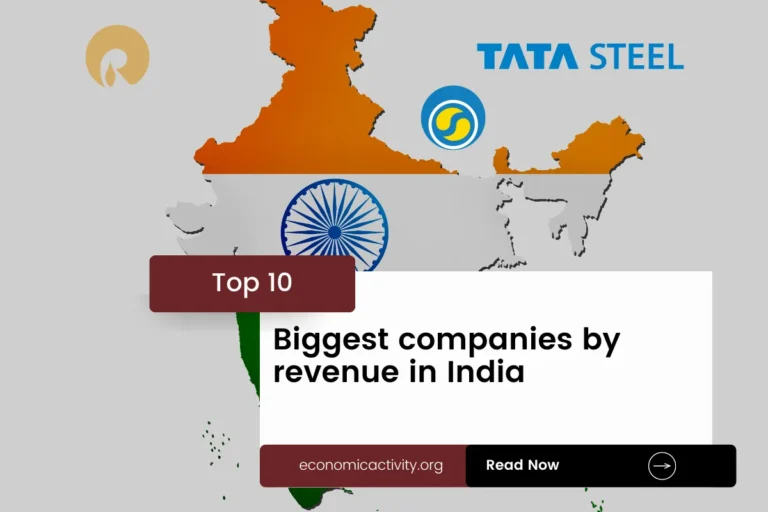Uganda, with a population of 47,249,585, is ranked 30th in the world, just behind Spain. Located in East Africa, it covers 241,550 square kilometers, ranking 78th globally, just below the United Kingdom.
Uganda’s economic position in 2022 shows a GDP of $45,567,304,608.48, ranking it at 92 globally. It is closely behind Libya, whose GDP stands at $45,752,336,035.98. In terms of GDP per capita, Uganda ranks 168 with $964.40. It lags slightly behind Rwanda, with a GDP per capita of $966.23.
Uganda’s economy is showing steady growth, with various sectors contributing to its development. The country continues to focus on improving infrastructure, promoting agriculture, and attracting foreign investment to further boost its economic standing on the global stage.
What are the economic activities of Uganda?
- Primary activities: 28.2% of GDP.
- Secondary activities: 21.1% of GDP.
- Tertiary activities: 50.7% of GDP.

Primary Sector of Uganda
Uganda’s primary sector, particularly agriculture, thrives due to its favorable climate and abundant natural resources. With 71.89% of the land dedicated to agriculture, the country produces a variety of crops like plantains, sugarcane, maize, cassava, and more. Animal products such as milk also play a significant role.
Despite agriculture contributing 28.2% to the GDP, it remains a crucial sector for food security and employment. The diverse range of agricultural products highlights the sector’s importance in sustaining Uganda’s economy and livelihoods.
The country’s geological diversity contributes to a rich array of natural resources. Copper, cobalt, gold, and limestone drive the economy, while hydropower is a key energy source. Abundant arable land supports agriculture, and salt reserves further boost the primary sector.
Secondary Sector of Uganda
What is the secondary sector or what are secondary activities?
The secondary sector involves industries that transform raw materials into finished products for consumption. In Uganda, the main industrial products include sugar processing, brewing, cotton textiles, cement, and steel production. These industries play a crucial role in the country’s economy by adding value to raw materials and creating products for domestic consumption and export.
In 2023, Uganda’s total exports were dominated by agriculture, minerals, and services, with manufactures accounting for a small percentage. This indicates that the country’s manufacturing sector may not play a significant role in its overall export economy.
Tertiary sector of Uganda
What is the tertiary sector or what are tertiary activities?
The tertiary sector in Uganda encompasses services that enhance productivity and meet needs through intangible goods like expertise and advice. Main activities include healthcare, education, banking, communication, tourism, transportation, and security services.
Specifically, Uganda’s economy heavily relies on tourism, contributing significantly to its GDP. With 1,543,000 annual arrivals and a tourist arrival ratio of 0.0327, popular destinations like Bwindi Impenetrable National Park (for gorilla trekking) and Murchison Falls National Park attract visitors, boosting revenue and employment opportunities.
Another example of tertiary economic activity is the mobile cellular sector, with approximately 33 million subscriptions, supporting technological growth by enhancing communication, fostering innovation, and enabling digital services.
Military Activities and Economic Sectors of Uganda
The military is a good example of many economic activities working together. In Uganda, the primary sector helps by providing resources for military use. The secondary sector focuses on making military equipment. The tertiary sector includes services offered by the military, while the quaternary sector is about military research and development. Lastly, the quinary sector involves high-level decision-making and strategy for the military.
In 2023, Uganda’s military expenditure was $976.7 million, which is 2.06% of the country’s GDP. The active military force has 45,000 personnel, which means there are 1.4 active military members for every 1,000 people in the country.
Biggest company in Uganda
Which is the biggest company in Uganda? The largest company is Tanzania Breweries, valued at approximately 1.35 billion USD. It operates in the Food and Beverage industry, part of the Secondary economic sector. Tanzania Breweries was founded in 1961, focusing on brewing quality beverages.
International Trade of Uganda
Import Activities of Uganda

Uganda’s import activities are of high importance, accounting for 22.48% of its GDP in 2023, totaling $1,024,503,675.89.
Uganda’s key import activities include vaccines, medicine, plastic products, cars, motorcycles, and cycles. The country’s top import partners are China (23%), Kenya (15%), India (13%), UAE (7%), and Tanzania (6%).
Exports Activities of Uganda

Uganda’s total exports in 2023 amounted to $5,478,099,263.94, with exports contributing 12.02% to its GDP. This indicates a medium level of importance, highlighting the country’s reliance on exports for economic growth and stability.
Uganda’s export activities are diverse, with top partners being UAE, India, Hong Kong, Kenya, and Italy. Key export commodities include gold, coffee, fish, milk, and raw sugar.
Uganda economy challenges in 2024
Uganda faces economic challenges post-COVID-19, with lower oil prices impacting sector investments. Endemic corruption hampers progress despite natural resources. High female labor force participation is undervalued, hindering growth.



Leave a Reply